Content and Data: Intangible Assets Part V
This is Part V of the blog series "Stop Throwing Away your ICT4D Investments: Recognizing Intangible Assets"
Part III: Audience Engagement and Community Strength
Part IV: Technology Investment
Content and Data
One of the most valuable assets that most people think of is the content and data contained in a technology investment. Even so, it is often shocking how little planning there is for content or data protection or migration when the funding ends for a technology investment. This fact is particularly true for non-central IT systems as well as program-related technology investments, where multiple contractors or NGOs may be responsible for the content creation and management of data over the years.
Examples of content and data include:
- Blog posts and articles on qualitative topics (best practices, lessons learned)
- Social media and discussion forum posts and comments
- User names, contact information, and interaction history with your team or project
- Project descriptions and associated information (such as sector, geolocation, implementing partners, etc)
- Raw economic, demographic, and/or political data captured via projects
- Outputs of analysis of the data, especially maps, charts, graphs, presentations as well as documents
- Online learning courses and materials
- Historical budgetary and project process information
Ways to Undermine Content and Data
The easiest way to undermine it is to not design for data migration. Platforms go obsolete; at best we can hope for 5 years with an existing platform. However, the underlying data should not go obsolete when the platform does. And especially with the new requirement and best practice of open data, planning for data migration should be designed into the system from the beginning.
Unfortunately, many common systems do not treat the data structure very kindly without conscious design effort. For example, many content creation kit modules in popular content management systems such as Drupal, Joomla, and Wordpress treat the database as a dumping ground. They often create very unwieldy data structures, making opening those data sources very time consuming, costly, and open to error, and making data migration more challenging.
Another way to undermine the data is to not adhere to common and emerging standards for data structure. By using standard data structures such as IATI for international assistance project data, and common taxonomies such as OpenGIS standards. Data is more valuable when it follows open data standards, because then it is more migratable and more interoperable. Data layered with other sources of data create rich data analysis sets that allow for better decision-making. Unstructured data - often in the form of a PDF document - needs a human to review and analyze it, something that is costly and not often enough done.
Finally, the most common way to undermine data and content is to shut down the repository when the funding ends. When there is no plan for the content and data, they go away; don't pay the hosting bill and the host company will wipe the hard drive and reallocate the space to a new customer. And then all that investment is lost unless you can find someone with a copy of the software.
Valuation/Loss:
The easiest way to evaluate the value of the data is to figure out the total cost to collect that data. However, the loss of the data is more than that because of the value of historical data in analyzing impact. Cumulative, aggregated data is incredibly powerful; the lack of it leads to an inability to see many of the parameters of a problem.
Another element in loss is the cost to find and recreate the data. A lot of time is wasted trying to find a number in a PDF (or finding the PDF to begin with), as the PDF is the only historical archive of a rich set of activities. Project budgets may have to cover starting from scratch collecting and managing data instead of using what already exists.
« Back to Sonjara Blog

